VA offers a wide range of mental health services with a goal to support recovery and enable Veterans who experience mental health problems to live meaningful lives in their communities and achieve their full potential.
Shields & Stripes is one of a series of non-profit organizations that sports the same goal, with a focus on improving the health and wellness of Veterans, along with law enforcement personnel and first responders. The program touts itself as a “no-fail mission,” with the goal to “return our heroes better prepared to navigate life and family challenges, to return them to feeling like themselves again.”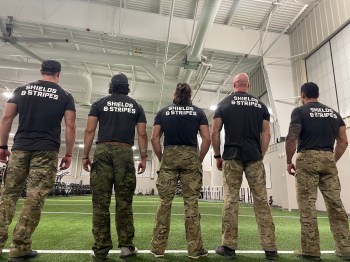
Thus far, 18 people have completed Shields & Stripes, which tries to rehabilitate those battling mental health conditions, such as PTSD, major depression and anxiety disorder. Shields & Stripes can also work with people who have experienced mild traumatic brain injury (which is essentially a concussion and a frequent injury from the post-9/11 conflicts) and moral injury, which is a conflict with one’s personal code of morality. Participants do not pay to take part in the program.
“For me personally, Shields & Stripes is everything, it’s my calling,” said the organization’s vice president, Jennifer Byrne, an Air Force Veteran who co-founded Shields & Stripes a year ago with fellow Air Force Veteran Steve Nisbet.
“These people are the reason I joined the Air Force, the reason I became an occupational therapist,” Byrne said. “Unfortunately, and for many reasons, I found it very difficult to adequately treat and heal people with mental health challenges when I was in the military. The model that we have developed, with superior-quality, interdisciplinary professionals working together on one person’s healing followed by family-centered telehealth, it’s not rocket-science. In fact, it’s common sense.”
Concepts learned must apply to home, family environments
The program includes two phases, three-week in-person sessions and nine weeks of telehealth. Shields & Stripes refers to its participants as “service athletes.”
The three-week phase is an “intensive outpatient model” in which the participants get one-on-one psychology, group psychology, one-one-one occupational therapy, group occupational therapy, nutrition counseling, strength and conditioning, physical therapy and massage therapy. “These three weeks are designed for the athlete to focus on themselves as people, something extremely difficult for a service athlete to comprehend,” Byrne said.
The nine weeks of telehealth is a continuation of each therapy the participants received in person, except this time they are integrated. They get two hours of telehealth per week, including the same psychology counseling they received on-site, plus a rotating schedule of nutrition, occupational therapy and physical therapy.
“We must ensure that the concepts they learned in person transition to the home and family environments,” Byrne emphasized. “This is often the most difficult part of our program.”
Shields & Stripes does not require a Veteran or first-responder to have formal diagnosis of a mental health condition to attend the program. “We simply ask them if they experienced a trauma that has negatively impacted their daily lives,” Byrne said. “If that is true, they qualify to apply and be considered for Shields and Stripes.”
Many potential participants, Byrne explained, have identified personal bouts with suicidal ideation—the thought of dying by suicide—or suicide attempts.
“While we are not equipped to accept those who actively experience suicidal ideation or have a recent history of an attempt,” she said, “as a team we’ll exhaust all resources to ensure that anyone we encounter is provided with referrals to facilities we trust, or other programs that treat suicidal ideation and attempts. We need our applicants to be somewhere in the middle of a trauma spectrum. This must look like someone who is ready, willing and highly motivated to better their lives. That’s a major part of our interview and assessment process.”
`Not even scratching the surface’
Shields & Stripes has plans to grow and aims to eventually host 64 participants each year. This plan correlates with Steve Nisbet’s insistence that the organization must do more to help Veterans, law enforcement and first responders overcome mental health problems.
“We’re not even scratching the surface with only 18 people going through our program,” he said. “We need hundreds, we need thousands to go through. We are growing so much in popularity, but not financially, so we have to turn away more than half of our applicants because we don’t have the funding or resources for all of them. It’s a shame, because we have the ability to help these folks.”
Nisbet, the president of Shields & Stripes, was once in search of help. After 16 years of military service as a pararescue man and 10 deployments, he began to experience memory loss, irritability, anxiety, depression and nightmares, and he became distant from his family. Psychologists and specialists for human performance in his unit, the 24th Special Tactics Squadron, diagnosed him with a severe case of PTSD.
Plus, Nisbet felt the emotional pain of the death of a teammate, Peter Kraines, who fell off a 70-foot cliff in a 2019 training accident in Boise, Idaho. Nisbet was the team leader at the time of that accident and treated Kraines. The horrific incident threw him back into a depression, and he pursued a medical retirement out of the Air Force.
“As I approached my tenure in the Air Force, I saw the [mental health] resources I leaned on so heavily toward the end of my career going away,” he recalled. “I was no longer going to be able to use them, and I was going to be venturing out on my own as all other Veterans do. I thought we can do better and told myself I know how: I’ll replicate what we had when I was in the unit, and I will offer that to all Veterans, active military members and first responders so they, too, can see how these specialists can save someone’s life when working together.”
To find out if you are eligible to apply for Shields & Stripes, visit the organization’s web site or email contact@shieldsandstripes.org.
Topics in this story
More Stories
Each week, we receive job announcements from employers and employment websites—including RallyPoint, RecruitMilitary, VetJobs and HireMilitary—looking to hire Veterans. This post contains links to job listings for the week of July 22, 2024. Each week, we’ll continue to post relevant and timely listings as we receive them, and for the locations listed.
VA hosted its second virtual regional Veterans Experience Action Center (VEAC) June 11-13 as part of a series targeting recently separated Veterans and military members nearing transition out of the armed services.
VA Secretary Denis McDonough spoke to Veteran gamers at the Warrior GMR Mental Health and Gaming Summit July 12 in Washington, D.C.

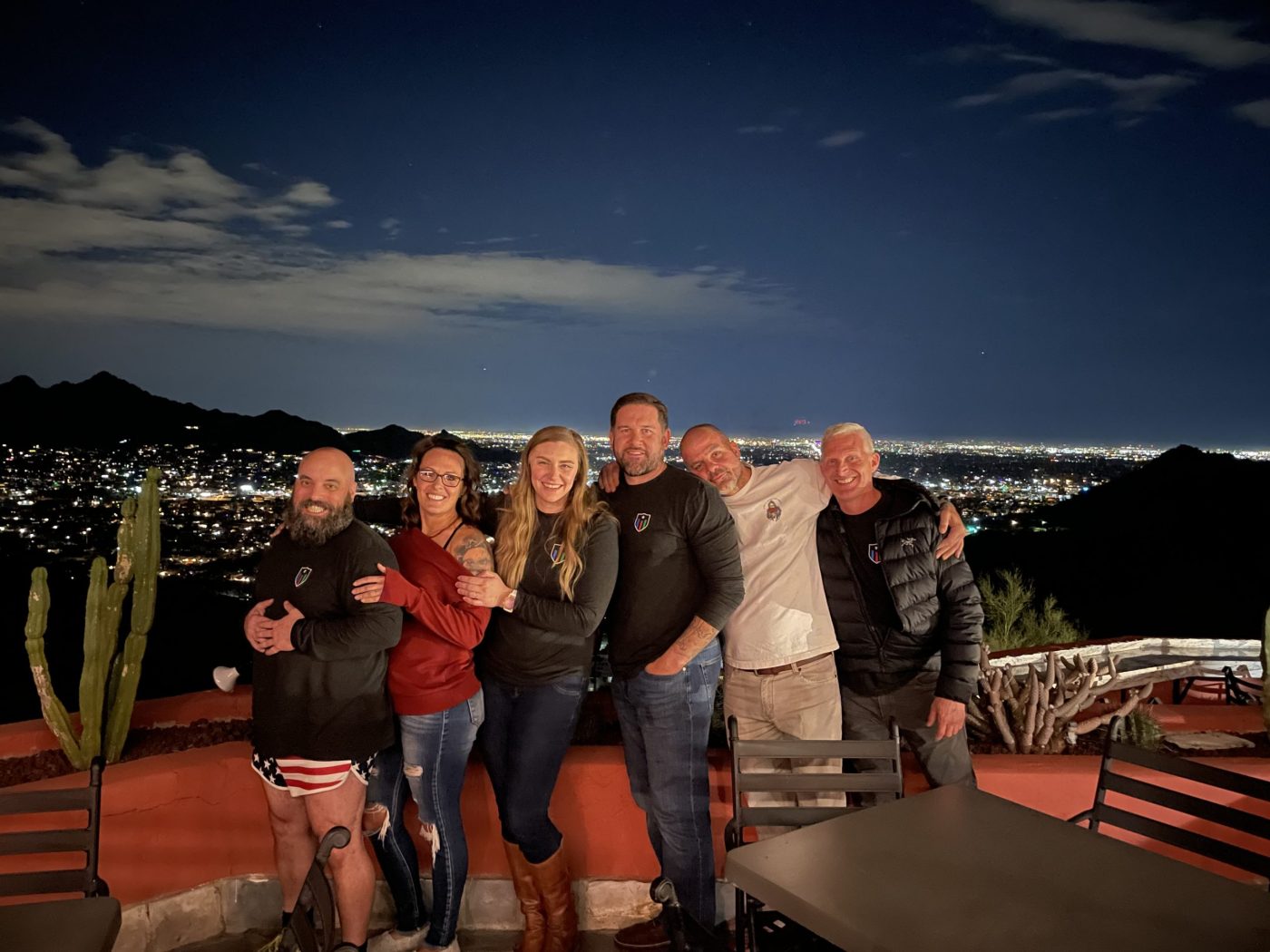
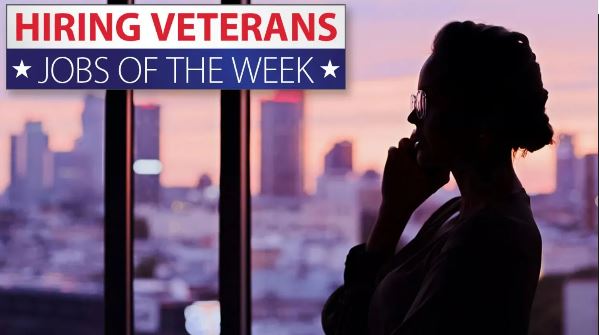
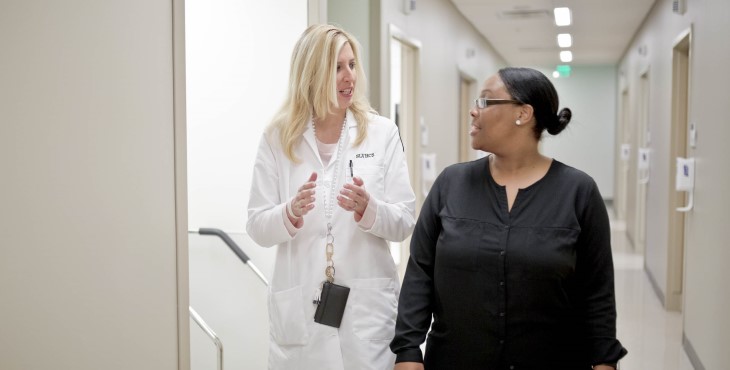
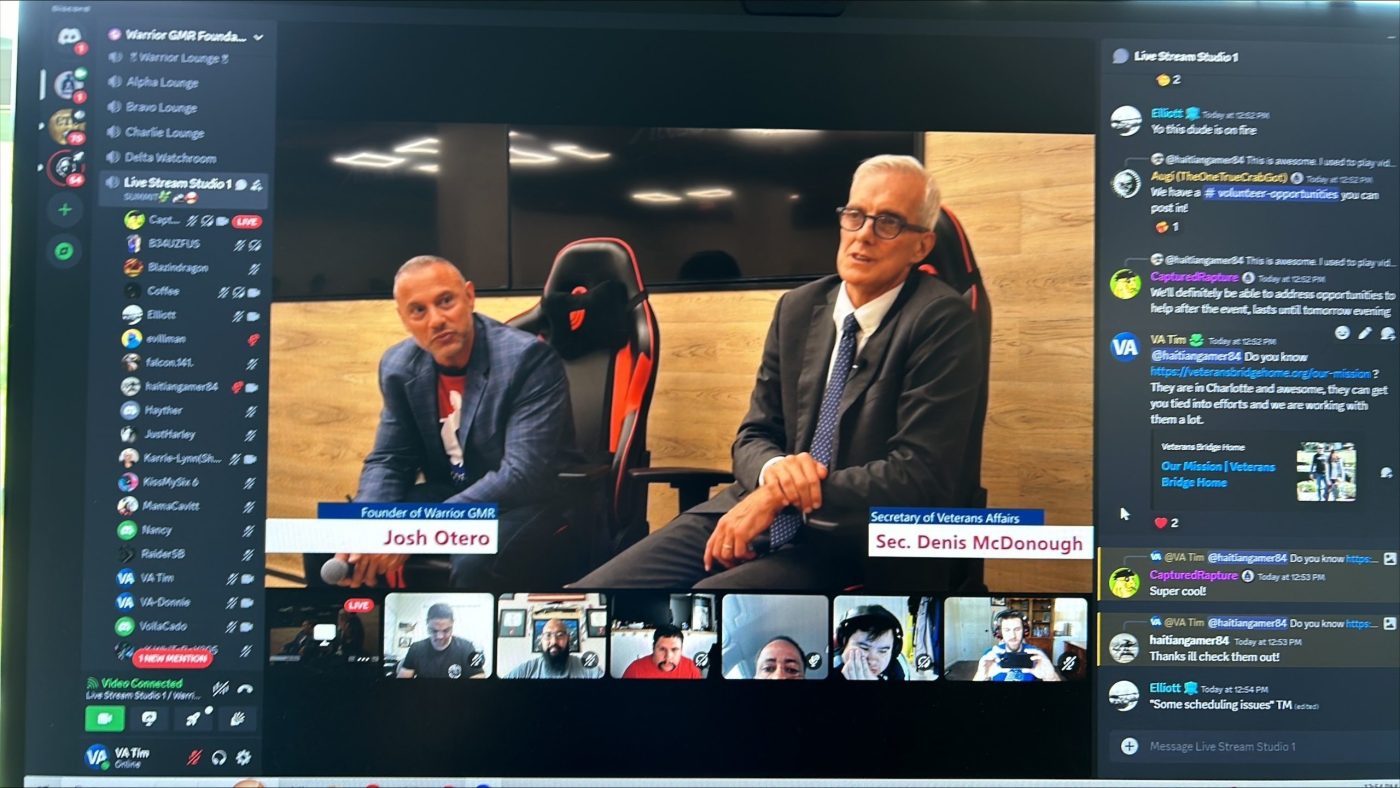


Rodney,
This is Steven Nisbet – President of Shields and Stripes. Thank you for reaching out on here and we would love to speak with you about our process and how everything works.
Please feel free to email me directly – Steven.Nisbet@shieldsandstripes.org, I will get you taken care of.
We are always taking applications to attend the program and as a reminder this is of no cost to you. All we require is your time and dedication to want to improve yours and your families lives.
-Steve
http://www.shieldsandstripes.org
I am a disabled veteran with PTSD and also a retired Police Officer. I would like to learn more